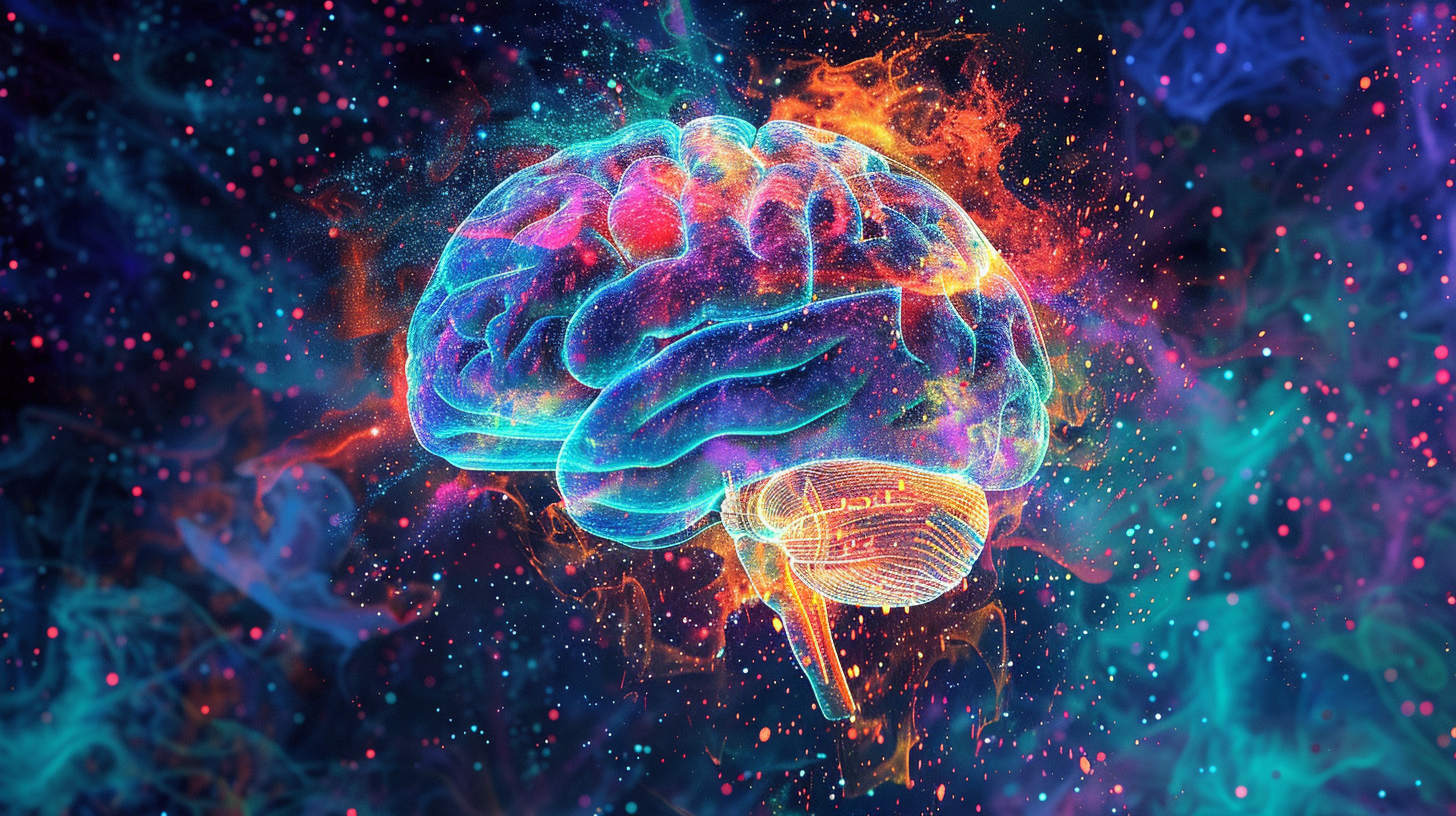“It is hoped that these technological advances will enable patients to regain not only mobility but also a more independent and fulfilling life”
We are working on a robotic medical device for the neurorehabilitation of arms in patients who have suffered a stroke
Our colleague, Ander Ramos is interviewed in the La Razón newspaper to mark World Brain Day. Ander explains how TECNALIA is working on a robotic medical device for the neurorehabilitation of arms in patients who have suffered a stroke.
Using advanced sensors and intelligent algorithms, the device interprets and facilitates the movements the patient wishes to perform, activating neuroplasticity and improving the connection between the brain and muscles.
Ander detailed the process by which the innate ability of neurons to reorganise their connectivity patterns has been recovered in patients who had lost it.
Sensors and exoskeletons
Using sensors designed for this purpose, it is possible to capture the neural signals and electromagnetic activity of the arm muscles.
- This information enables the movement intention of the patient to be interpreted, which is processed and turned into instructions for an electronic system that acts as a bridge.
- These instructions are executed by robotic exoskeletons that facilitate the desired movement.
- Beyond the visualisation of movement, the patient experiences a sensation of real movement, which stimulates neuroplasticity, improving the connection between the brain and the musculature.
This breakthrough represents a rehabilitation method that does not need to be worn all day. It has proven to be successful in enabling patients to perform tasks, such as raising the arm or opening the hand to hold everyday objects.

